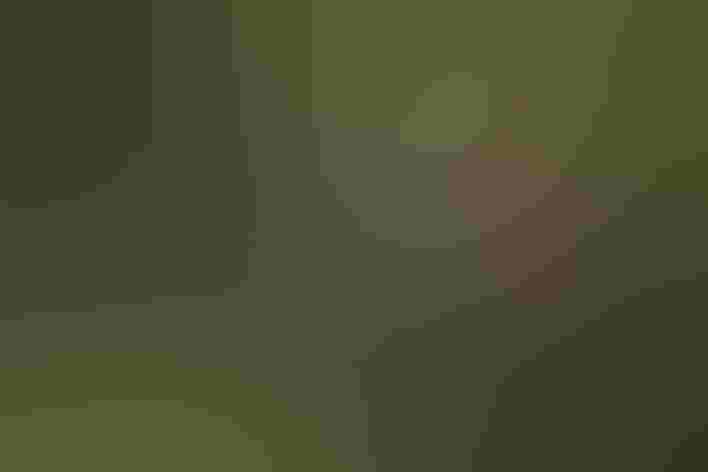Warbling Vireo
At a Glance
Rather plain, but with a cheery warbled song, the Warbling Vireo is a common summer bird in leafy groves and open woods from coast to coast. Because it avoids solid tracts of mature, unbroken forest, it is probably more common and widespread today than it was when the Pilgrims landed. Some scientists believe that eastern and western Warbling Vireos may represent two different species; if that is true, then the two are very difficult to tell apart in the wild.
All bird guide text and rangemaps adapted from by Kenn Kaufman© 1996, used by permission of Houghton Mifflin Harcourt Publishing Company. All rights reserved.
Category
Perching Birds, Vireos
IUCN Status
Least Concern
Habitat
Arroyos and Canyons, Forests and Woodlands, High Mountains, Shrublands, Savannas, and Thickets
Region
Alaska and The North, California, Eastern Canada, Florida, Great Lakes, Mid Atlantic, New England, Northwest, Plains, Rocky Mountains, Southeast, Southwest, Texas, Western Canada
Behavior
Direct Flight, Flitter, Rapid Wingbeats
Population
53.000.000
Range & Identification
Migration & Range Maps
Migrates mostly at night. Most eastern breeders apparently travel north and south via Texas and Mexico, rather than flying across Gulf of Mexico.
Description
5-6" (13-15 cm). Gray and white, sometimes with yellow and olive tinges. No wing-bars. White eyebrow is obvious, but darker line through eye is faint, so dark eye is conspicuous on pale face. Listen for the song as one of the best clues. See Tennessee Warbler.
Size
About the size of a Sparrow
Color
Black, Gray, White, Yellow
Wing Shape
Rounded
Tail Shape
Notched, Square-tipped
Songs and Calls
Drowsy, rambling warble, like song of Purple Finch but slower; ends on rising note.
Call Pattern
Falling, Flat, Undulating
Call Type
Buzz, Chirp/Chip, Hi, Scream, Trill, Whistle
Habitat
Deciduous and mixed woods, aspen groves, poplars, shade trees. Breeds in open deciduous or mixed woodland; also in orchards, shade trees of towns. Avoids unbroken mature forest. In the East, often in isolated groves near water. In the West, breeds in broad-leaved trees of mountains, canyons, and prairie groves. Winters in the tropics in open woods.
Sign up for ³Ô¹ÏºÚÁÏ's newsletter to learn more about birds like the Warbling Vireo
Behavior
Eggs
4, sometimes 3-5. White with brown or black specks. Incubation is by both parents, 12-14 days. Male frequently sings from nest while incubating. Commonly parasitized by cowbirds.
Young
Nestlings are fed and brooded by both parents, leave the nest 12-16 days after hatching.
Feeding Behavior
Forages mostly in deciduous trees, sometimes in shrubs, hopping along twigs and searching for insects among the leaves. also picks insects off the undersides of leaves while hovering briefly.
Diet
Mostly insects, some berries. In breeding season feeds mainly on insects, including many caterpillars, plus aphids, beetles, grasshoppers, ants, bugs, scale insects, flies, dragonflies; also eats some spiders and snails. Takes berries and small fruit from bunchberry, dogwood, pokeweed, sumac, elderberry, poison-oak, and many other plants, especially in late summer and fall.
Nesting
Male defends territory by singing. In courtship, male struts and hops around female with his wings spread and tail fanned, usually not far from potential nest site. Nest: In the East, usually placed high in tree, up to 90'. In the West, often found in shrub or tree within 30' of ground. Generally deciduous tree or shrub. Nest (built by both sexes) is a compact, deep cup, suspended by its rim from a forked twig. Nest made of bark strips, grass, leaves, and plant fibers.
Conservation
Conservation Status
Since it favors open woods and edges, probably increased in some areas initially with clearing and breaking up of forest. Now common and widespread.
Climate Threats Facing the Warbling Vireo
Choose a temperature scenario below to see which threats will affect this species as warming increases. The same climate change-driven threats that put birds at risk will affect other wildlife and people, too.








